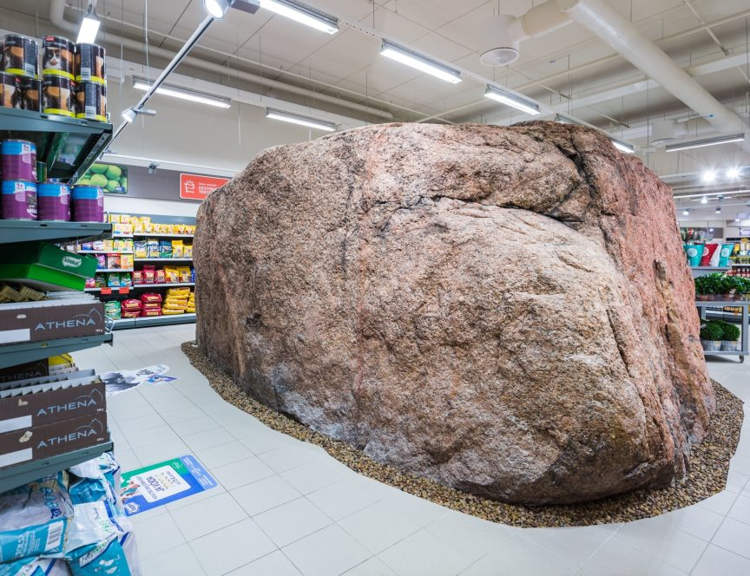Demolishing sand castles can be great fun. But what if you had spent weeks creating it painstakingly, only to have it destroyed at the end? Heart breaking, isn’t it? But for the monks of Tibet who create exquisite sand paintings, dismantling their work is the only way. This is said to signify the impermanence of life.
Sand Mandala, the art of creating intricate artworks using colored sand, is practiced by Tibetan monks as a part of tantric tradition. In the Tibetan language, the art is called dul-tson-kyil-khor (mandala of colored powders). As a part of the sand mandala, millions of sand grains are laid painstakingly into place on a flat platform. Several monks work on a single piece, which can take days or weeks to complete. The word Mandala means ‘circle’ in Sanskrit and is said to represent the cosmogram of a Buddha or bodhisattva. This could be the monk’s own, or of the one he wishes to appease. The art includes geometric figures and several Buddhist spiritual symbols. A sand-painted mandala is used as a tool for blessing the earth and its inhabitants. It also provides the monk who practices the art a visual representation of the enlightened mind of the Buddha.







